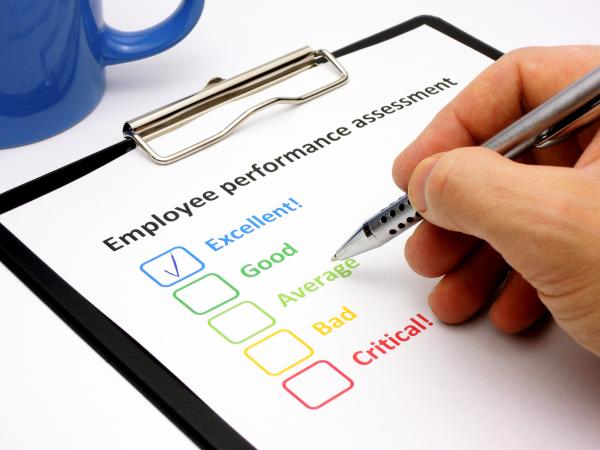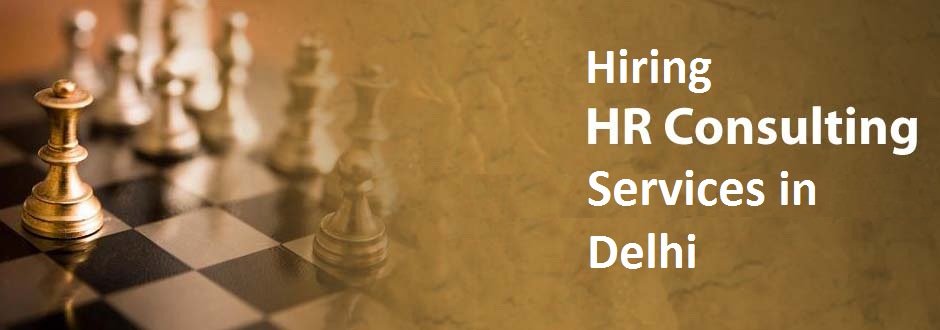HRM or Human Resource Management as it is known is considered to be a comprehensive and strategic approach taken to manage employees at the workplace. The objective is to achieve enhanced performance and productivity. It plays a vital role in any establishment. It is mostly concerned with recruitment as well as managing those employed. This department ensures efficient, smooth, and effective dealing of the employees while contributing towards achieving set goals.
Top 10 Key Functional Areas:
• Job design and analysis: Analysis can be termed to be a design extension. It tends to start at the design end. It also defines the work features, considered to be a process to collect vital information on organizational functions. Once completed, it is summarised to achieve certain results.
• Human resource planning: Decision is taken concerning human resource development and use. It contributes toward achieving human competencies, especially in the organization’s internal/external labor markets. It also identifies the weaknesses and strengths of available human resources while improving techniques to deal with workers. Thus, it reduces time and expenses significantly.
• Training management: Proper training will be essential to enhance human resource abilities and performance levels. It is applied mainly based on a planned program. The objective is to establish well-set training programs and understand urgent training needs. New employees and those working at different career levels are provided with adequate training.
• Recruitment, selection: Recruitment is one of the main areas of human resource management. It helps attract competent candidates in huge numbers. Deliberate strategies are created to motivate human resources as well as enhance their desire to get employed in the organization.
• Performance management: Performance evaluation or performance appraisal as it is known is a technique used to measure collective and individual employee performance. Also is considered their achievement throughout their tenure in meeting the set goals.
• Career development support: HRM helps employees by creating career paths to allow them to move ahead in the organizational ladder. It is achieved by taking into consideration their surrounding environment and personalities. It is one of the major benefits of human resource management.
• Salary and wage administration: This department determines employee compensation for different types of positions. It includes bonuses, incentives, fringe benefits wage administration, salary administration, etc. They also ensure that the compensation is satisfactory enough to retain good employees.
• General administration services: It is among the oldest HR management functions performed. HR administration is stated to have a nature varying between legal, accounting, and librarian services.
• Social development: This is stated to be one function that is determined upon cooperation with other departments within the facility. Besides economic dimension, it is also related to the social dimension. Strategic and modern HR aspects are what social development is all about.
• Labour law compliance: It involves several regulatory compliances including mandatory rules. Organizations are required to comply with these. It includes workmen’s compensation, factories act, contract labor act, minimum wages act, etc. In human resources, statutory compliance refers to the organizational legal framework concerning it’s dealing with workers.
Gaining proper knowledge-
From the above, it is quite clear that the human resources department plays a variety of roles. All of these roles are significant in the smooth functioning of the organization and should be done with great by highly competent HR managers.



